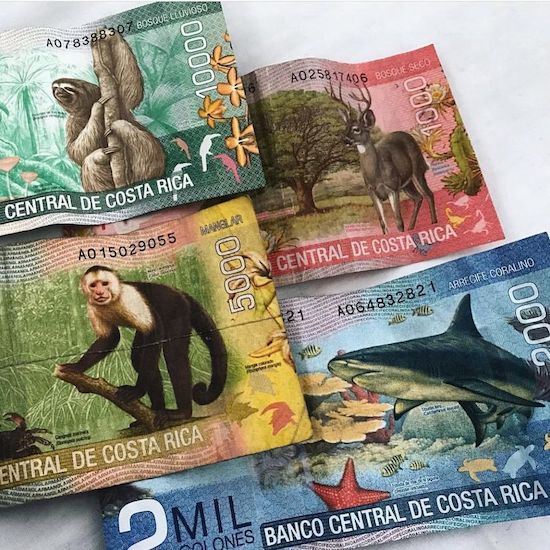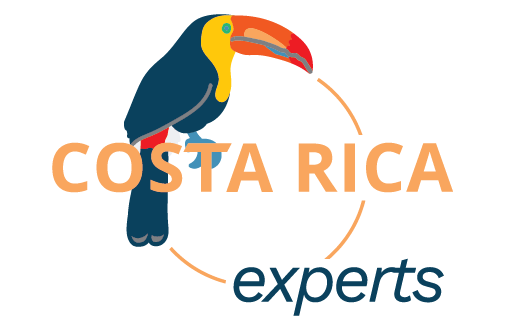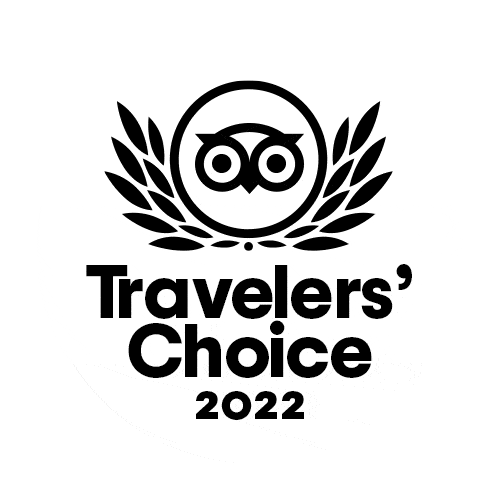When getting ready for a vacation in Costa Rica, there is plenty to consider. Between keeping an eye on your destination’s weather, packing for your various excursions, and making sure your passports are all in order, the process can quickly become overwhelming! However, one of the most important things that you should focus on while preparing for travel? Money. To get by, you’ll need to understand the basics of Costa Rica currency, tipping customs, and where and when to exchange money – among other things. Our Costa Rica Experts cover this information with all our travelers before departure. But for those of you doing your own research into travel to Costa Rica, here’s a simplified rundown to make your getaway preparations easier.
Colones: The Basics
The official Costa Rican currency is the colón (plural colones). The symbol is ₡.
Costa Rica’s New Colorful Currency Entered the Scene in 2012.

Sloth bills are our preferred method of payment. Really though, how beautiful are Costa Rican colones? Photo via @dereizigers
Costa Rica phased out their old bills and put into circulation the following new colorful banknotes inspired by the country’s celebrated wildlife:
- The 1,000-colon banknotes (deer)
- The 2,000-colon banknotes (shark)
- The 5,000-colon banknotes (monkey)
- The 10,000 colon banknotes (sloth)
- The 20,000-colon banknotes (hummingbird)
There was also previously a 50,000-colon morpho butterfly bank note, but it has been taken out of circulation and is no longer accepted.
Money FAQs:
It’s important to have your finances in order before a trip. Between notifying credit cards and tipping, there’s plenty to take care of before you go. Allow us to demystify any confusion surrounding Costa Rican currency. And if you have any more questions, please feel free to ask an Expert well before take-off.
Just Some Fun Currency Facts
- The new bills are also different sizes, which enables those without sight to differentiate between bills.
- The banknotes change colors.
- The Colon’s named for a famous historical figure. The name Colon comes from Christopher Columbus, Cristobal Colon in Spanish.
- The bills were once made of cotton and plastic, but have since switched to entirely plastic for security reasons.
- The colones feature a national figurehead on one side and an animal on the other. Personally, I’m here for the animals. 😉
With money matters aside, are you ready to visit Costa Rica? We’ll help you plan it. Start here to plan your trip or browse our customizable vacation packages!
Related Articles:







